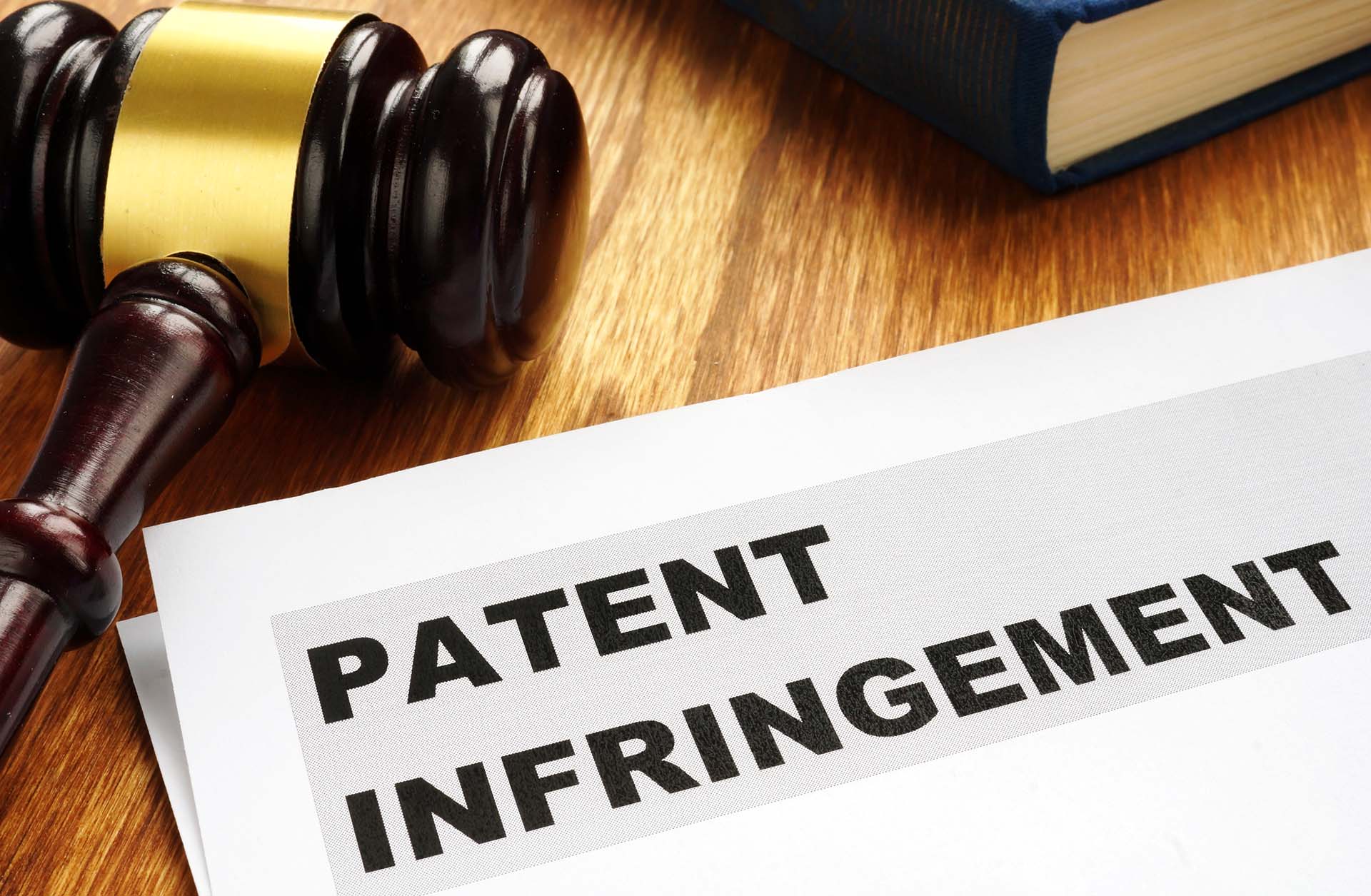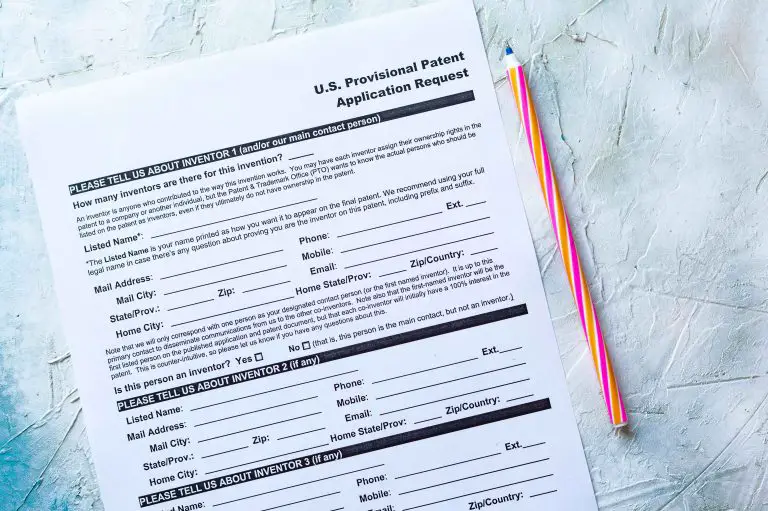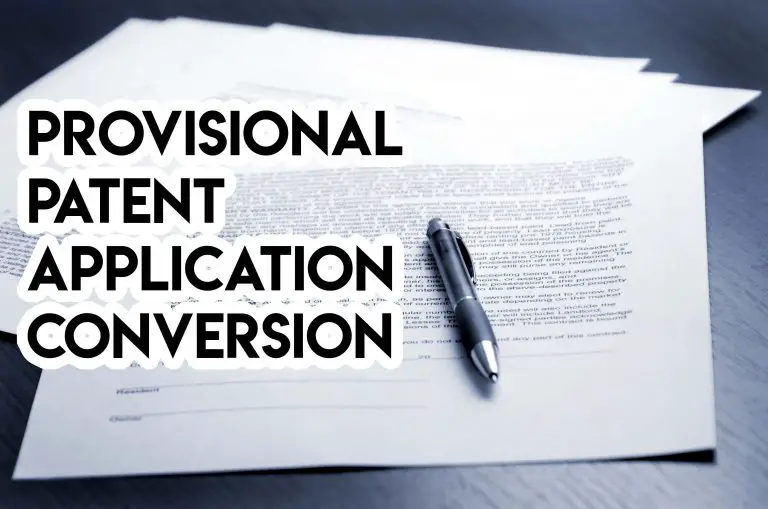Patent Infringement Statute of Limitations (U.S)
If you’ve spent a ton of money and time patenting your invention, you might be wondering how much time you have to bring a lawsuit against a party that infringed upon your patent. We will discuss everything you need to know about the US patent infringement statute of limitations.
Patents allow inventors to stop others from using, making and selling the patent invention for a limited period of time. Utility patents grants this right to inventors for 20 years and design patents grant this right to inventors for 15 years.
That said, if a party infringes upon an inventor’s patent by using, making, or selling the patented invention without the patent holders express permission, the patent holder can bring a lawsuit against that party. However, the patent holder must do so within a certain window, otherwise, he will be barred to do so by the patent statute of limitations. We will discuss this in more detail below.
What is the Patent Infringement Statute of Limitations?
The patent infringement statute of limitations limits the amount of time that a patent holder has to bring a lawsuit against a party that infringes upon his patent. In the United States, patent holders have six years to bring a lawsuit against a party for patent infringement. That is, a patent holder has 6 years to file a complaint against someone who has infringed upon his patent.
Once 6 years pass since the patent infringement pass, a patent holder will no longer be able to bring a lawsuit against an infringer because he will be barred by the patent statute of limitations.
So, if you suspect that someone is using your intellectual property without your permission, you should immediately contact a patent attorney to discuss your legal options. Don’t sit around and do nothing because if you don’t file your lawsuit within the time limit we discussed, your lawsuit will likely be dismissed for violating the statute of limitations.
That said, the USPTO (United States Patent and Trademark Office) will not police your patent for you. It is the patent holder’s job to find those who are infringing upon his patent and bring a lawsuit against them in federal court.
We know that sometimes discovering infringement is difficult, especially in situations where the infringer does a good job of hiding the infringement. Unfortunately, if you discover the infringement more than six years after it occurs, you are unlikely going to recover damages in your lawsuit. Therefore, it’s important that you proactively look for infringement and promptly enforce your rights.
If you file a lawsuit more than 6 years after they infringed upon your patent, they will most likely respond by asserting the statute of limitations as a defense against your claim. This relieves them from having to fight your lawsuit on the grounds that your patent is not valid.
What is a Patent Infringement Lawsuit?
A patent infringement lawsuit is a lawsuit that is initiated by a patent holder against a party that infringes upon or uses his patent without the patent holder’s express permission. As we mentioned previously, a party cannot use, make, sell, and important a patented invention to the United States without the patent holder’s express permission.
If a party makes an authorized use of a patent holder’s permission, the patent holder has 6 years to bring a lawsuit against the infringer. Of course, if a patent holder brings a lawsuit against an infringer, infringers typically reply by arguing that (1) they are not infringing upon the patent or (2) the patent is not valid and therefore there is no infringement.
Why Do Patent Holders Sue For Patent Infringement
Patent holders sue for patent infringement for a variety of reasons. Among those reasons is to stop others from using and selling the patented product and the second reason is to recover damages incurred as a result of patent infringement.
If you suspect that someone is infringing upon your intellectual you can hire a patent attorney who will analyze your claim. If the attorney finds that a party is indeed infringing upon your intellectual proeprty (IP), he will often send a cease and desis letter and attempt to negotiate a stellement with the infringer.
If that does not work, your attorney may proceed to file a lawsuit against the infringer in federal court. If your lawsuit is indeed successful and the court could award you monetary damages you sustained as a result of the infringement, as well as injunctive relief in the form of a court order, ordering the infringer to cease the infringing activities.
Courts often award patent holders who succeed in their lawsuit monetary damages in the form of royalties and lost profits.
Royalties basically allow the patent holder to recover the fair market value of a license that the infringer would have had to purchase from the patent holder to use the patented invention. For example, if a party develops a new type of braking system and I use it in my car, the court looks at how much I would have had to pay to use the patented technology in my car and make me pay it to the patent holder.
That said, an inventor may recover lost profits. Said differently, the court may award a patent holder a sum of the profits that a patent holder lost as a result of the infringer’s infringing conduct. To qualify for such damages, a patent holder must show that he actually lost money as a result of the infringing activity.
How to Sue For Patent Infringement?
If you want to sue a party for infringement, you can do so by contacting a patent attorney experienced in patent litigation. Your attorney may start off by negotiating with the infringer and if the infringer does not cooperate your attorney may advise you to file a lawsuit against the infringer.
If you and your attorney decide to bring a lawsuit against the infringer, your attorney will need your assistance in gathering information about your invention and the harm you suffered as a result of the infringer’s activities.
Once your attorney has sufficient information, he will draft a patent infringement complaint against the infringer. Once he’s finished drafting the complaint, he will file it with a federal court and serve it upon the infringer.
The defendant named in your complaint will have 21 days to respond or file an answer to your complaint. Defendants typically respond to patent infringement complaints by asserting that they are not infringing upon your patent or that your patent is not valid. So, you should be ready to prove that your patent is valid and that any claims by the defendant concerning the validity of your patent are incorrect.
Utility Patent Infringement
If a party infringes upon a patent holder’s utility patent by using, making, sell, or importing the inventor’s patented invention to the United States, the patent holder can sue the infringer for patent infringement. The patent holder may recover royalties or lost profits that resulted from the infringing activities of the defendant.
For an inventor to recover for an infringement of his patent, he will only need to show that the defendant infringed upon his patent, he is not required to show that the defendant copied his invention or even knew about the patent he copied or used. Patent infringement is a strict liability crime. If an infringer’s invention functions or works the same way as yours, you will be able to recover damages for patent infringement.
Design Patent Infringement
If a party infringes upon a patent holder’s design patent by using, making, selling, or importing a product that copies the patent holder’s design, the patent holder will be able to sue the infringer for patent infringement in federal district court.
To determine design patent infringement, federal courts apply the ordinary observer test. Under this standard, the infringing product and the inventor’s design are placed side to side for comparison. If an ordinary observer finds the designs to be the same or similar, the patent holder wins and will be able to recover damages for patent infringement.
Statute of Limitations For Patent Infringement
By now, you should know that if you own a patent, it’s your responsibility to enforce your patent because the patent office won’t enforce it for you. If you find someone infringing upon your patent, you must file a patent infringement lawsuit with a federal district court within 6 years of the patent infringement. If you wait longer than 6 years, the court will bar your lawsuit from going forward. That said, if you have any general questions or comments, please feel free to leave them in the comments section below.








